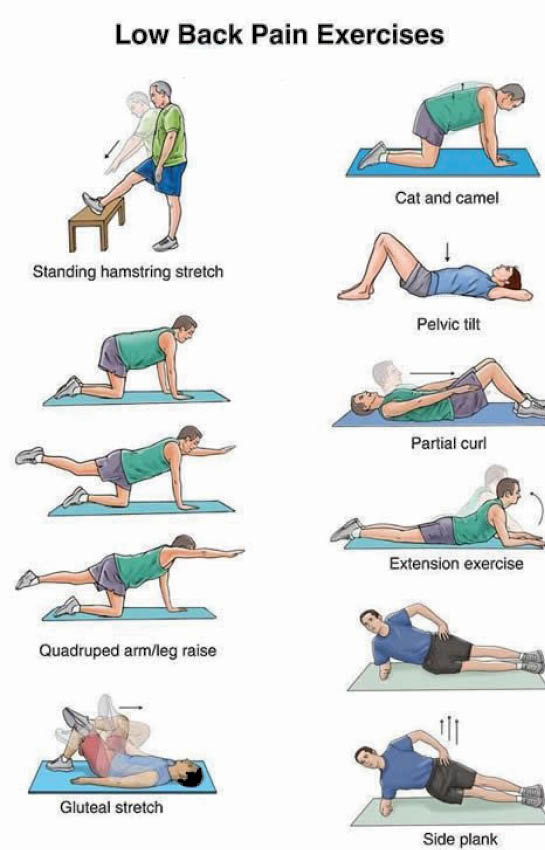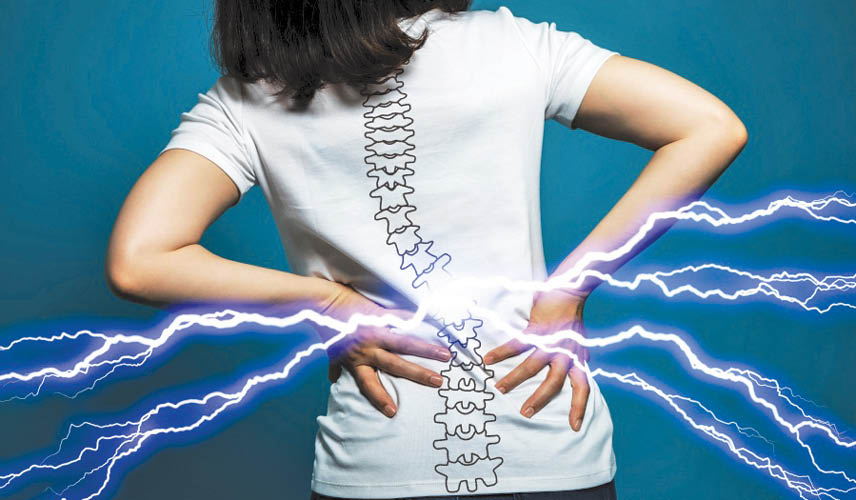Dr. Danesh D. Chinoy is a leading Health and Wellness Coach, Sports Physiotherapist and Psychologist. He is dedicated to helping all to heal holistically and remain fighting fit for life. Providing eye-opening and ground-breaking insights into Wellness, Dr. Chinoy’s two-decades’ rich expertise has won him innumerable awards, nationally and globally. His mission is to empower you to reach your highest levels of wellness/fitness. You can connect with Dr. Chinoy at: daneshchinoy@gmail.com.
 The human body is a perfect example of engineering at its best. The spine, in particular, poses as the perfect model for engineering and architecture students to understand how a good design can provide optimum performance of weight bearing, extreme degrees of mobility with strong stability, while protecting the delicate structure encased within. And in addition – a complex network of chords and conducting systems finely tuned in, passing through, completing a complex circuitry. The added beauty of the system is its ability to auto correct and self-repair minor faults and problems. We take this system for granted to such an extent that we completely ignore to follow the instructions of good usage given in the manufacturer’s manual! This leads to systemic faults that which show up as the most commonly heard complaint – Low (or Lower) Back Pain.
The human body is a perfect example of engineering at its best. The spine, in particular, poses as the perfect model for engineering and architecture students to understand how a good design can provide optimum performance of weight bearing, extreme degrees of mobility with strong stability, while protecting the delicate structure encased within. And in addition – a complex network of chords and conducting systems finely tuned in, passing through, completing a complex circuitry. The added beauty of the system is its ability to auto correct and self-repair minor faults and problems. We take this system for granted to such an extent that we completely ignore to follow the instructions of good usage given in the manufacturer’s manual! This leads to systemic faults that which show up as the most commonly heard complaint – Low (or Lower) Back Pain.
A sedentary lifestyle ensures that you suffer from low back pain. Then again, even if you are an over-active person who regularly hits the gym and plays sports too – there still is every chance of you suffering from low back pain. Yes! My friends, low back pain is a common problem that almost everyone, irrespective of their activity levels would have suffered, at least once in their lives! Faulty bio-mechanics and over-zealous training has time and again gotten even young sportsmen to our clinics seeking an answer to their low back pain, in conjunction with their sport-specific training demands.
I always advise my patients with low back pain to keep active and committed to a tailor-made exercise program, rather than complete bed rest, which unfortunately is advised by many. The key is to know which movements and exercises to avoid and which ones to focus on. Acute injury cases, suspected of a fracture or dislocation, would obviously warrant a more conservative approach of complete immobilization and rest till complete diagnosis is done and then the prognostic options for a conservative or surgical approach are evaluated.
Most sub-acute and chronic conditions do well under a supervised exercise program. Before starting any activity or even continuing the previous activities/exercises, it’s crucial that you’re thoroughly examined – physically and functionally – by a competent physiotherapist, in addition to the examination already done by the physician and/or the surgeon. Although back pain may be a broad term loosely used, we need to acknowledge the fact that low back pain may be the result of many different physical/functional faults in the biomechanical matrix of the human body. Thus, the advice and the exercise program will be individual-specific and not generalised.
I strongly advise people not to fall prey to the much hyped and advertised fad exercise programs that offer quick fix core stability and strong backs. Patients approach us with increased symptoms due to ill-informed decisions and self-taught programs through ‘Google Baba’. Core stability and core exercises are buzzwords – with more people talking about it and less people understanding it! While Core stability is the desired goal, the road leading to it needs to be selected after due diligence. Often, patients would need a prior soft tissue and fascia release or a fault adjustment and then specific muscle stretch/ release before getting into actual strength training.
Though a well-trained and conditioned sportsman or even a body builder/ model may look very fit and strong on the outside, there are minute nuances like strength-ratio between opposing muscle groups that need to be fixed and worked upon. Excess of anything is bad – the same holds true for strength. I see players/gym enthusiasts with over-developed leg muscles that may not be balanced with the back muscles, which leads to nagging back issues. The more they work out without correct guidance, the more the condition worsens. Postural correction is more written and discussed about these days, than actually practiced. Postural correction cannot be achieved in a day by simply lecturing the patient on the importance of good form and posture! Continuous efforts in the form of releases, muscle re-education and tweaks in exercises are needed to bring about the desired postural changes over a period of time.
There is a myth that you should avoid weight and resistance training if you have a bad back. Evidence suggests otherwise! Multiple studies have found that back pain sufferers who participate in weight training programs see a decrease in pain symptoms compared to those who avoid weight training or stick strictly to cardio work outs. Once again, we need to understand that weight training must be under supervision, with the right form and posture, because even the slightest amount of weight lifted with an incorrect form or posture can give low back pain to an otherwise completely healthy individual.
Low impact aerobic exercises and cardio work outs are much needed for low back pain patients, somehow again there is a misconception that back pain patients must avoid aerobic activity altogether. On the contrary, correct form and posture aerobics (low impact) would do a world of good to your back as also to your heart and lungs. Simple walking as an exercise, is extremely effective in relieving low back pain of common origins. There are certain conditions like stenosis where walking may cause claudication pain and thus would need proper attention from the physiotherapist.
Make a conscious attempt to understand your body and system, make a note of movements, exercises and activities that cause you pain or trouble. See if it increases or decreases with movement or rest. All these things will help you and your physiotherapist to chalk out the best plan of exercises, just right for you!
- The Incomparable Health Benefits Of Plant-Based Diet - 30 November2024
- The Role Of Physiotherapy In Mental Health: A Holistic Approach - 28 September2024
- Reversing Fatty Liver: A Practical and Light-Hearted Guide - 24 August2024
